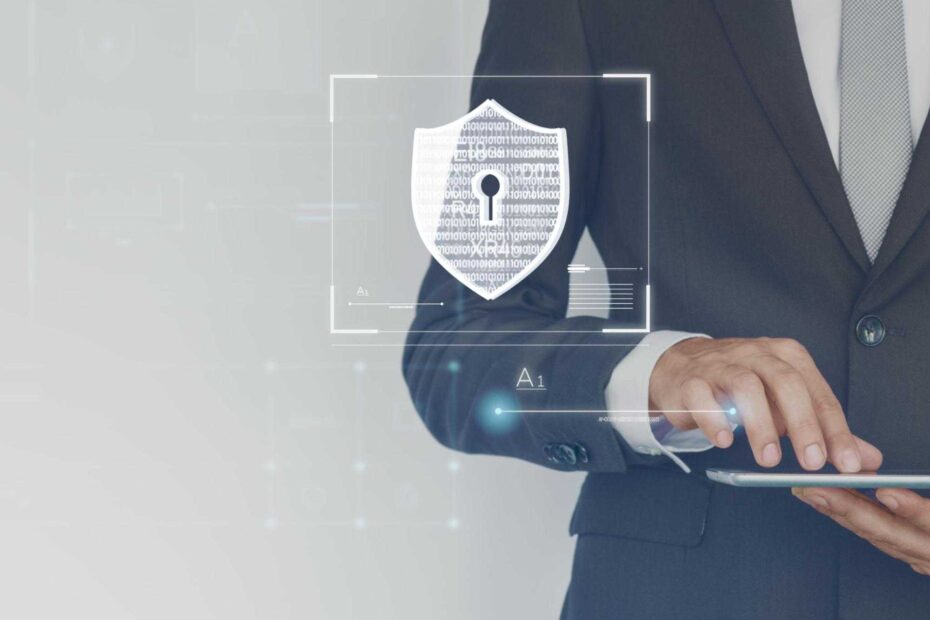The Digital Security Landscape: Understanding Modern Authentication Challenges
In today‘s hyperconnected world, digital security has transformed from a technical consideration to a critical business imperative. As cyber threats become increasingly sophisticated, traditional password-based authentication methods have become woefully inadequate. This comprehensive exploration will guide you through the intricate world of multi-factor authentication (MFA) and two-factor authentication (2FA), providing insights that can fundamentally reshape your approach to digital security.
The Evolution of Digital Authentication
The journey of authentication technologies reflects humanity‘s ongoing battle against unauthorized access. From simple password systems to complex, multi-layered verification processes, our approach to digital security has undergone a remarkable transformation. What began as basic username and password combinations has now evolved into intricate authentication ecosystems that leverage advanced technologies like biometrics, artificial intelligence, and behavioral analysis.
Technical Foundations of Modern Authentication
Understanding Authentication Factors
Authentication factors represent the core building blocks of modern security systems. These factors are categorized into three primary types, each offering unique capabilities and challenges:
Knowledge Factors (Something You Know)
Traditional knowledge-based authentication relies on information that only the legitimate user should possess. This includes passwords, personal identification numbers (PINs), and security questions. While familiar, these methods have become increasingly vulnerable to sophisticated hacking techniques.Possession Factors (Something You Have)
Physical or digital tokens that validate a user‘s identity represent possession factors. These might include hardware tokens, mobile devices, smart cards, or authentication applications. By requiring physical possession of a specific device, organizations can significantly reduce unauthorized access risks.Inherence Factors (Something You Are)
Biometric authentication represents the most advanced form of inherence factors. By leveraging unique physiological or behavioral characteristics, these methods provide unprecedented security. Fingerprint scans, facial recognition, voice pattern analysis, and even advanced techniques like gait recognition offer nearly impossible-to-replicate authentication mechanisms.
The Technical Architecture of Multi-Factor Authentication
Multi-factor authentication operates through a complex, interconnected system of verification protocols. When a user attempts to access a protected system, they must successfully navigate multiple independent authentication layers. This approach ensures that even if one factor is compromised, additional barriers prevent unauthorized entry.
Global Market Dynamics and Authentication Trends
Market Growth and Economic Implications
The global multi-factor authentication market has experienced exponential growth, reflecting the increasing complexity of cybersecurity challenges. Market research indicates that the MFA sector is projected to reach [USD 35.8 billion] by 2027, representing a compound annual growth rate of 21.4%.
Regional Authentication Variations
Different global regions demonstrate unique approaches to authentication technologies:
North American markets tend to prioritize advanced biometric solutions and comprehensive risk management frameworks. European implementations often emphasize regulatory compliance and privacy protection. Asian markets showcase rapid technological adoption, with particular innovation in behavioral biometric technologies.
Technological Innovations Reshaping Authentication
Artificial Intelligence and Machine Learning
Emerging AI-powered authentication systems represent a quantum leap in digital security. These intelligent systems can analyze complex behavioral patterns, detect anomalies in real-time, and adapt authentication requirements dynamically.
Machine learning algorithms can now:
- Develop sophisticated user behavior profiles
- Identify potential security threats instantaneously
- Create adaptive authentication mechanisms
- Predict and prevent potential breach scenarios
Blockchain and Decentralized Identity Verification
Blockchain technologies offer promising alternatives to centralized authentication systems. By distributing identity verification across decentralized networks, these approaches minimize single points of failure and enhance overall security resilience.
Practical Implementation Strategies
Enterprise Authentication Frameworks
Organizations seeking to implement robust multi-factor authentication should consider:
- Comprehensive risk assessment
- Gradual technological implementation
- User experience optimization
- Continuous monitoring and adaptation
User Experience Considerations
While security remains paramount, authentication systems must balance robust protection with user-friendly interfaces. Overly complex verification processes can lead to user frustration and potential circumvention of security protocols.
Future Outlook and Emerging Trends
Predicted Authentication Technologies
The next decade will likely witness remarkable advancements in authentication technologies:
- Quantum-resistant cryptographic protocols
- Advanced behavioral biometric systems
- Seamless, context-aware authentication
- Zero-trust security architectures
Multi-factor authentication represents more than a technological solution—it‘s a strategic approach to protecting digital identities in an increasingly complex threat landscape. As cyber risks continue to evolve, organizations must remain agile, adaptive, and proactive in their security strategies.
By understanding the intricate world of authentication technologies, you can develop robust, forward-looking security frameworks that protect your most valuable digital assets.
Key Strategic Recommendations
- Conduct comprehensive authentication audits
- Invest in advanced verification technologies
- Prioritize user experience alongside security
- Develop adaptive, flexible authentication strategies
- Stay informed about emerging technological trends
